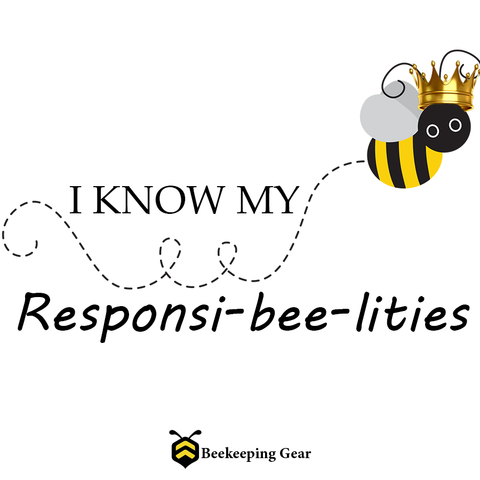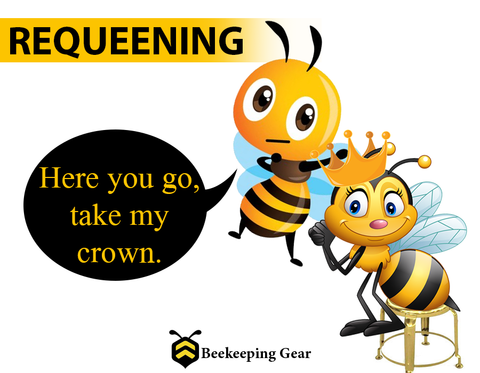Honey bee queen is fundamental to a colony’s survival and function, she
is the largest of the bees in a honey bee colony with a body of approx.
2cm, two times bigger than worker bees and male bees(drones), smaller
than a queen bee but larger than the worker bees. The colony of 60,000
bees contain only one queen bee, around 300 drones and the rest will be
female workers. The queen bee lays eggs all the day, as the colony is
established, she produces 1500 eggs daily which weigh more than her
body weight. Fertilized eggs develop into female worker bee and
unfertilized eggs evolve into male drones.
Responsibilities and role of a queen bee :
Sole purpose of a queen is :
- To produce chemical aromas(pheromones) to attract drones for mating and to maintain the unity inside the hive.
- To lay lots of eggs
- to create and establish new colonies through swarming
How does a honey bee turn into a bee queen?
Workers inside the hive feed “royal jelly” to newly hatched baby bee (Larvae). Royal jelly is secreted by honey bees which is queen’s primary diet, used for the nutrition of larvae and adult mature queens, it is richer than the normal food given to workers and drones. Larvae within the hive grows into a queen after consuming the royal jelly.
Swarming:
When the hive become over crowded so that workers cannot detect the pheromones or the queen starts producing few eggs, the colony prefer to opt for swarming. The workers will stop nourishing the queen and start generating queen cups to give birth to new queens. The existing queen will leave the hive with some of the worker bees and temporally settle on a bush or a tree. In the meantime, the scout bees were sent to look for permanent new home. The queen cups will start hatching new queens, the first queen to hatch will kill her unborn sisters and in the event if two queens emerge contemporaneously, they fight each other and the one who survive becomes a queen.
Marking the queen:
Spotting the queen within a hive is an exhausting task for starters, to avoid all this grueling, you should mark the queen. Mark a small dot on her thorax or buy a marker for queen, it will help you easily locate her.
Requeening:
July to September is considered to be the best time to replace the queen because it provides enough time to young queen to become familiar with the hive and workers prior to the winter. For a replacement the first step is to remove or kill the old queen, once you are done with killing wait for at least two days, check the hive to make sure that there is no queen inside it and then introduce a new queen. After introducing the new queen, check the hive to ensure that the worker bees don’t ball (attack) the queen and kill her. It is advisable to place a little honey on the new queen or spray the hive with sugar water with peppermint before introducing her into the hive. This will prevent the bees from attacking the queen.
How often should you replace the queen?
A queen might need to be replaced for several reasons
- When egg laying productivity declines
- If there is a need for a new queen (bees become dissatisfied with the queen)
- The queen fails to maintain the necessary population for maximum harvesting of honey.
The egg laying capability of a queen usually reduce after second year so it is advisable to replace a queen once a year or at least every two years. There are multiple types of queen bees commercially available such as tested and untested queens, artificially or inseminated queens and isolated mated queens. You can acquire ready-made Italian mated queen from us by clicking here.






